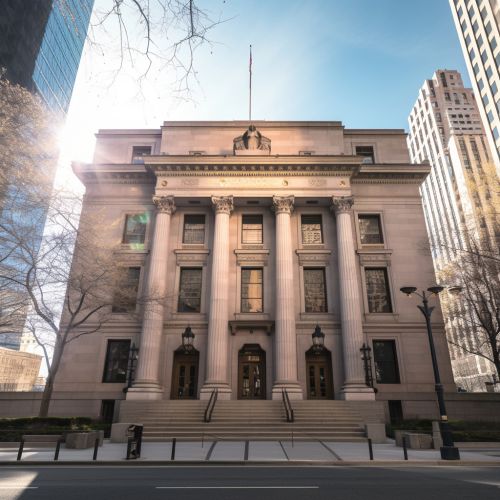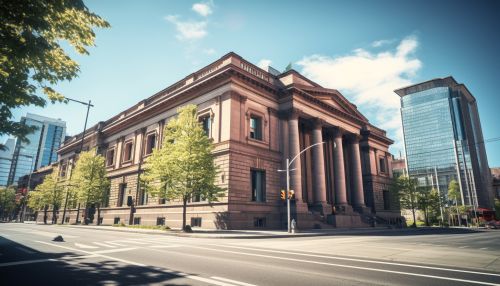Lender of Last Resort
Introduction
The Lender of Last Resort (LOLR) is a crucial concept in the field of economics and finance. It refers to an institution, usually a country's central bank, that offers loans to banks or other eligible institutions that are experiencing financial difficulty or are considered highly risky or near collapse. These loans are typically offered at a high-interest rate and are intended to prevent bankruptcy and protect the financial system from potential systemic risk.
Role and Function
The primary role of the LOLR is to act as a safety net for financial institutions facing insolvency or liquidity crises. By providing emergency liquidity to banks in distress, the LOLR helps to prevent the domino effect that could lead to a systemic financial crisis. This function is often seen as a form of insurance against systemic risk, which can have severe consequences for the economy as a whole.
Historical Context
The concept of the LOLR has a long history, dating back to the 19th century. The term was first used by Walter Bagehot, a British journalist and businessman, in his influential book "Lombard Street: A Description of the Money Market". Bagehot argued that in times of financial panic, the Bank of England should lend freely to banks in need, but only against good collateral and at high-interest rates.
Principles
According to Bagehot's principles, the LOLR should lend freely, at a high rate, and on good collateral. These principles are still widely accepted today, although their interpretation and implementation can vary depending on the specific circumstances and the policies of the central bank in question.
Criticisms and Controversies
While the LOLR plays a vital role in maintaining financial stability, its function is not without controversy. Critics argue that the existence of a LOLR can create a moral hazard problem, encouraging banks to take on excessive risk in the belief that they will be bailed out if things go wrong.
Modern Examples
In the modern financial system, central banks often act as the LOLR. For example, during the 2008 financial crisis, the Federal Reserve acted as the LOLR for U.S. banks, providing emergency loans to prevent the collapse of the financial system.
Conclusion
The Lender of Last Resort plays a crucial role in maintaining financial stability and preventing systemic risk. However, its function must be carefully managed to avoid creating moral hazard and encouraging excessive risk-taking.
See Also


